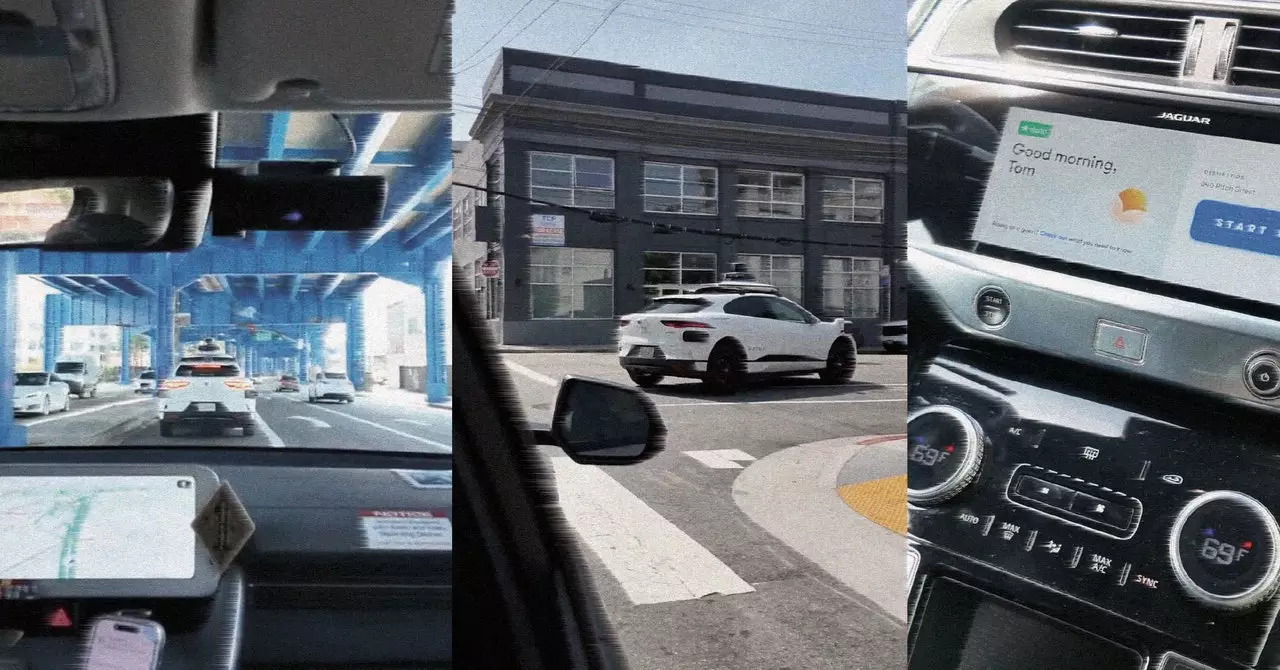In a city steeped in political history and vibrant culture, Gabe stands out as an emblematic figure among cab drivers. Raised in San Francisco with a notable lineage that includes ties to local political figures like Nancy Pelosi and Gavin Newsom, Gabe embodies the spirit of the city. Since 1995, he has been an integral part of its ever-evolving transportation landscape, adeptly maneuvering through the streets as a taxi driver, Uber operator, and Lyft contributor. His experience is not just about driving; it is a narrative interwoven with activism, as he helped spearhead a taxi workers’ strike in the late ’90s, representing the voices of many who found themselves in the tumultuous world of ride-hailing services.
Gabe’s multi-faceted identity includes a storied past in the military, having served as a machine gunner during the first Gulf War. This unique background lends him a perspective on discipline, precision, and adaptability in an unpredictable profession. His driving today takes place in a sleek gray Hyundai Ioniq 5 EV—an embodiment of contemporary transport solutions. As he drives, Gabe proudly showcases military service ribbons that adorn his dashboard, a constant reminder of his duty and resilience. Additionally, an unlikely accompanying artifact—a century-old ukulele—peeks out from the console, signifying a penchant for nostalgia and personal storytelling.
On an unusual day, Gabe finds himself amid a curious adventure that merges human intuition with technological innovation. The plan? To hail a self-driving Waymo vehicle and put it to the test. The anticipation builds as Gabe quips about actions reminiscent of classic chase scenes where drivers famously declare, “Follow that car!” However, the encounter with the autonomous vehicle proves to be more complex than the comedic setups of old cinema. The Waymo, equipped with numerous cameras and sophisticated sensors, almost seems sentient, evoking a moment of awkwardness as it hesitates before finally moving. Gabe’s humorous observations about the vehicle’s reticence reflect a deeper commentary on the anxieties surrounding automation and its role in society.
Transitioning to a ride in a self-driving car marks a notable contrast to the experiences Gabe has come to know. The tranquility of the automated ride offers no jolts or surprises, laying bare the tension between excitement and mundane reality. As the ride unfolds, it is clear that this technological marvel still operates under a different logic, echoing Gabe’s reflections on the predictability of human-driven cab rides.
Ultimately, Gabe serves as a bridge between the past and the future, with his life experiences highlighting both the struggles of traditional driving and the promise of technological advancements. His journey symbolizes a broader narrative about adaptation, resilience, and the intersection of human experience with automated systems, suggesting that while technology may change how we traverse our cities, the stories we tell along the way remain timeless.

